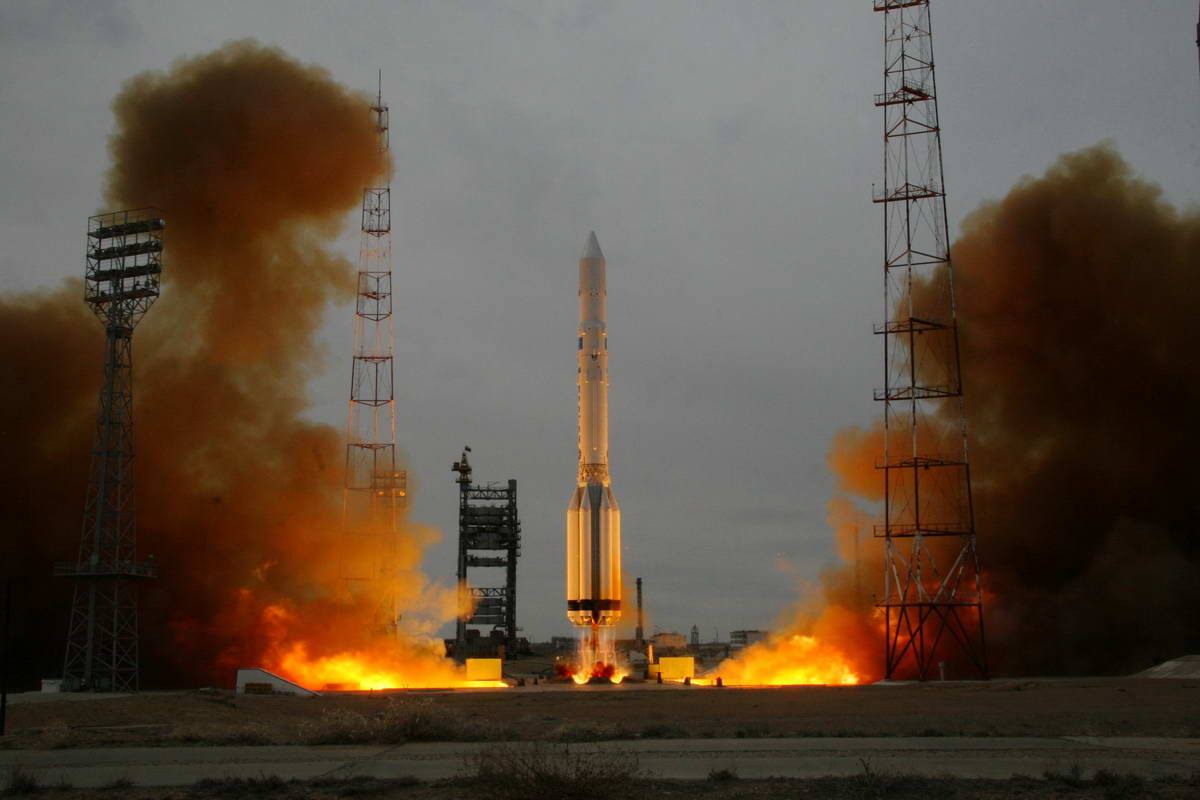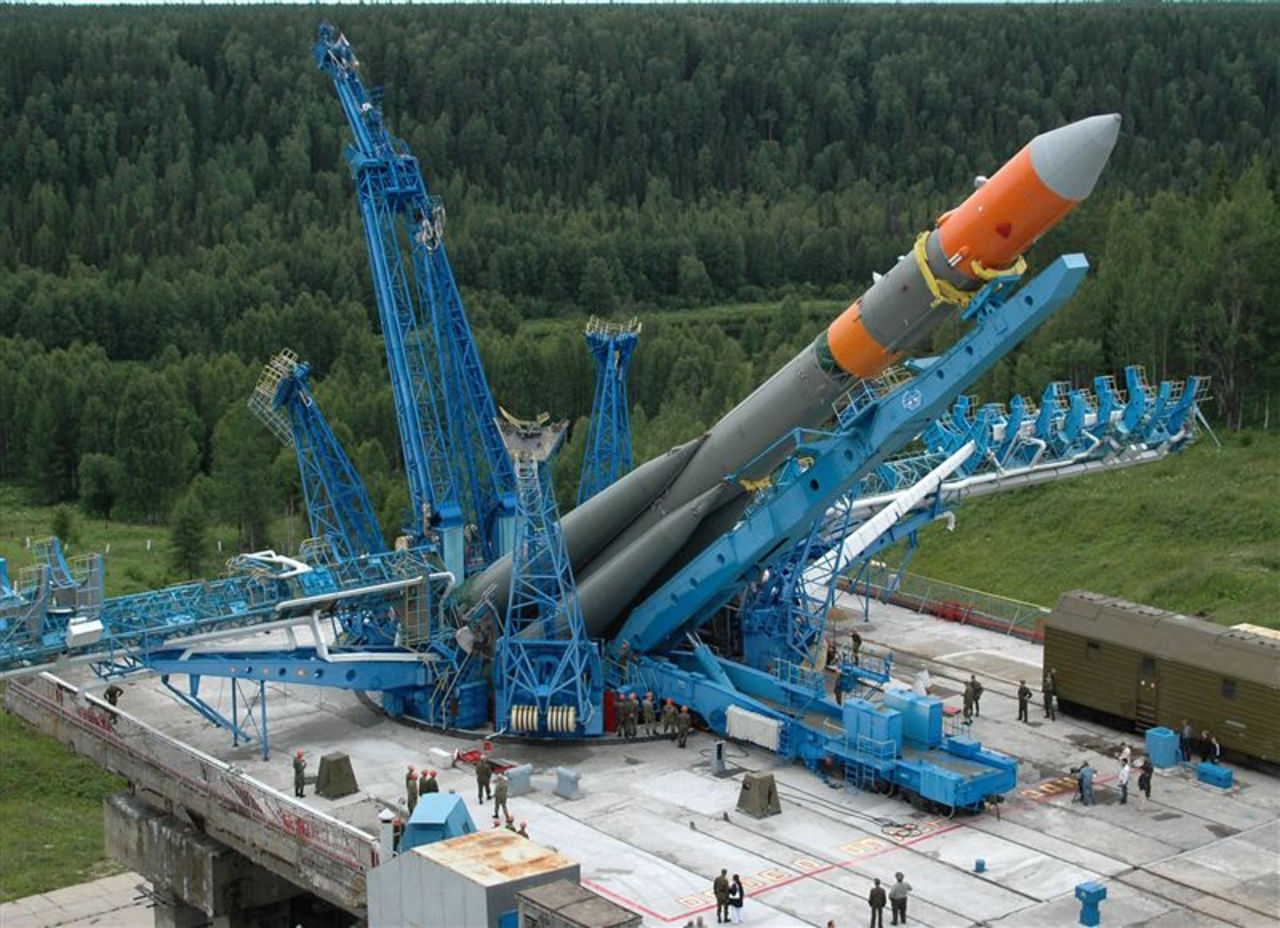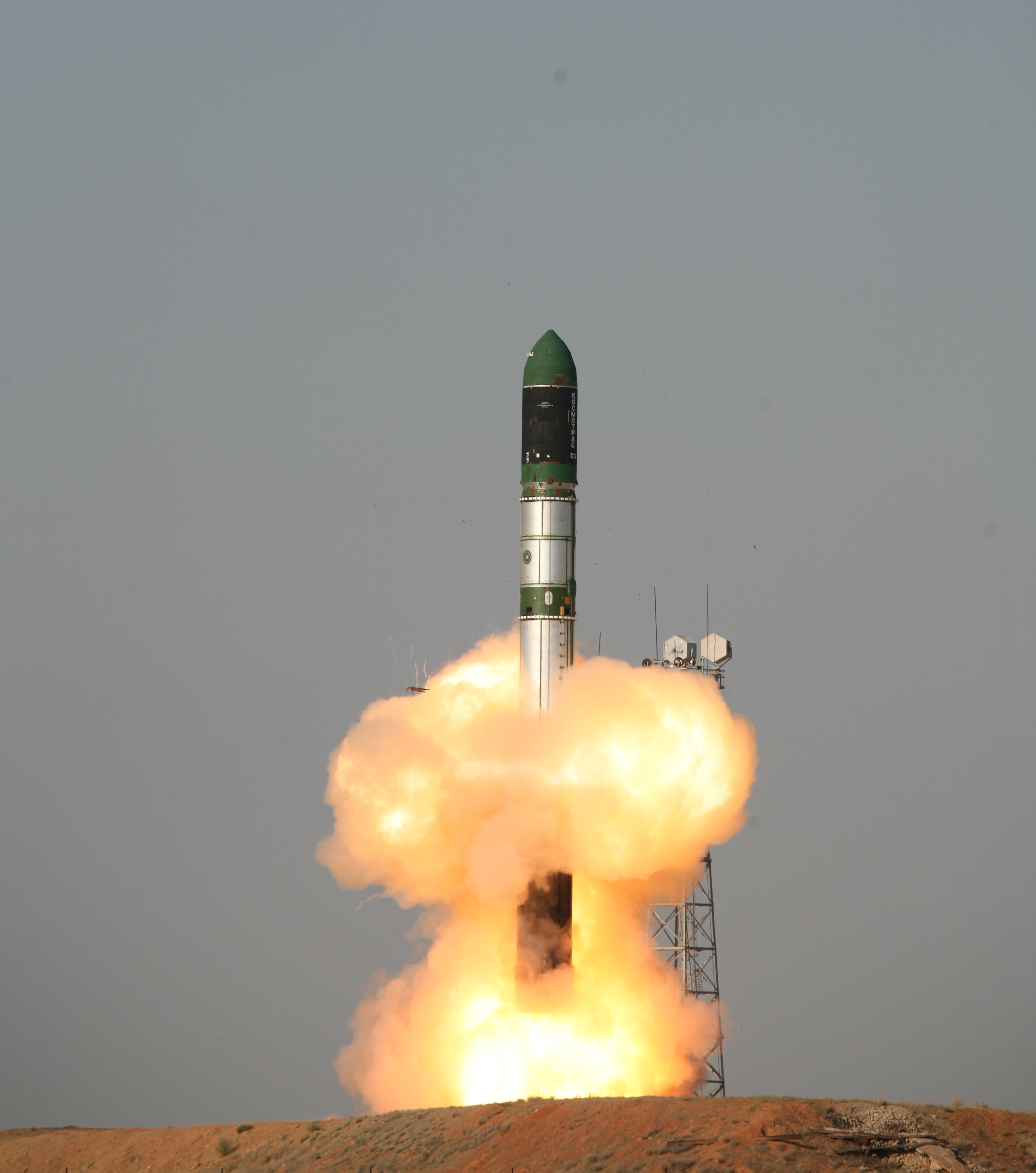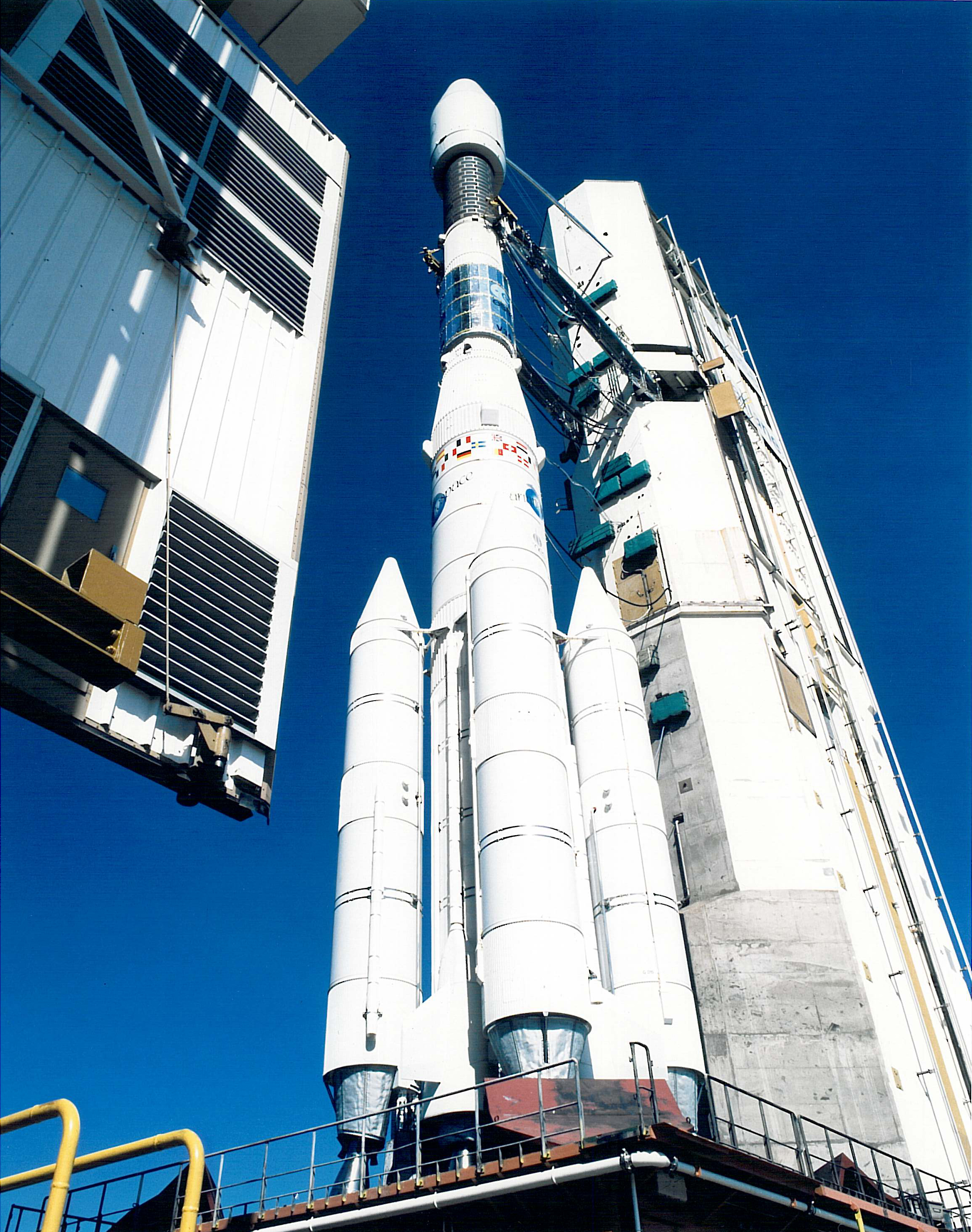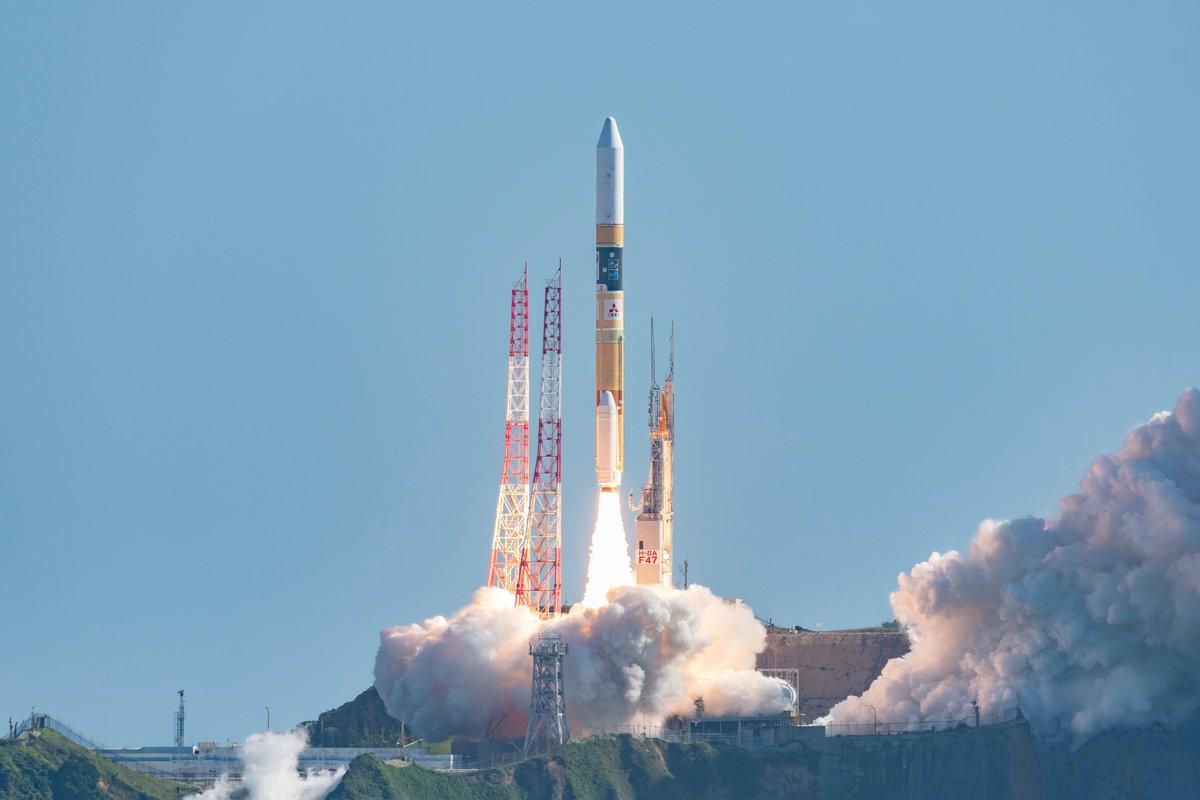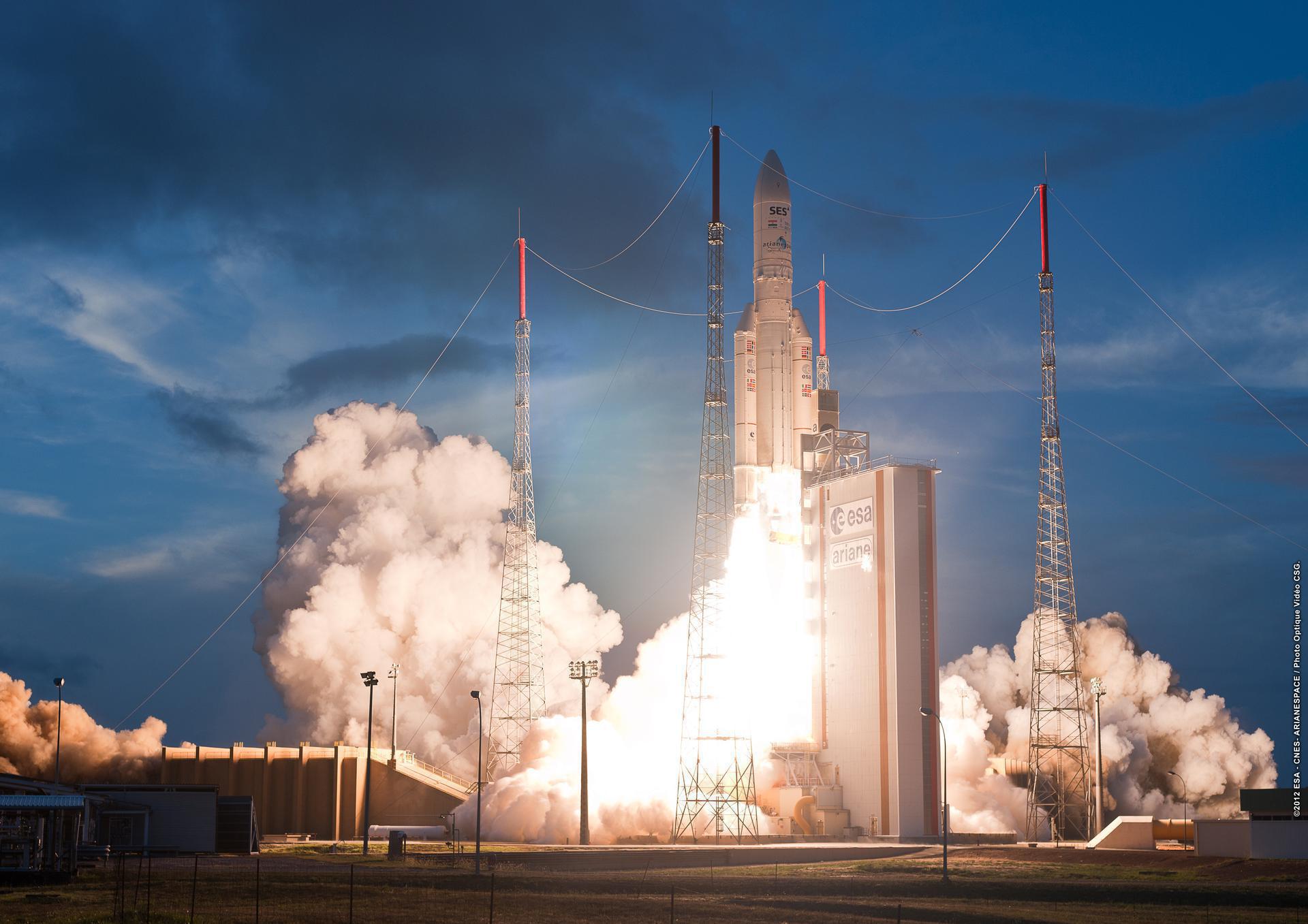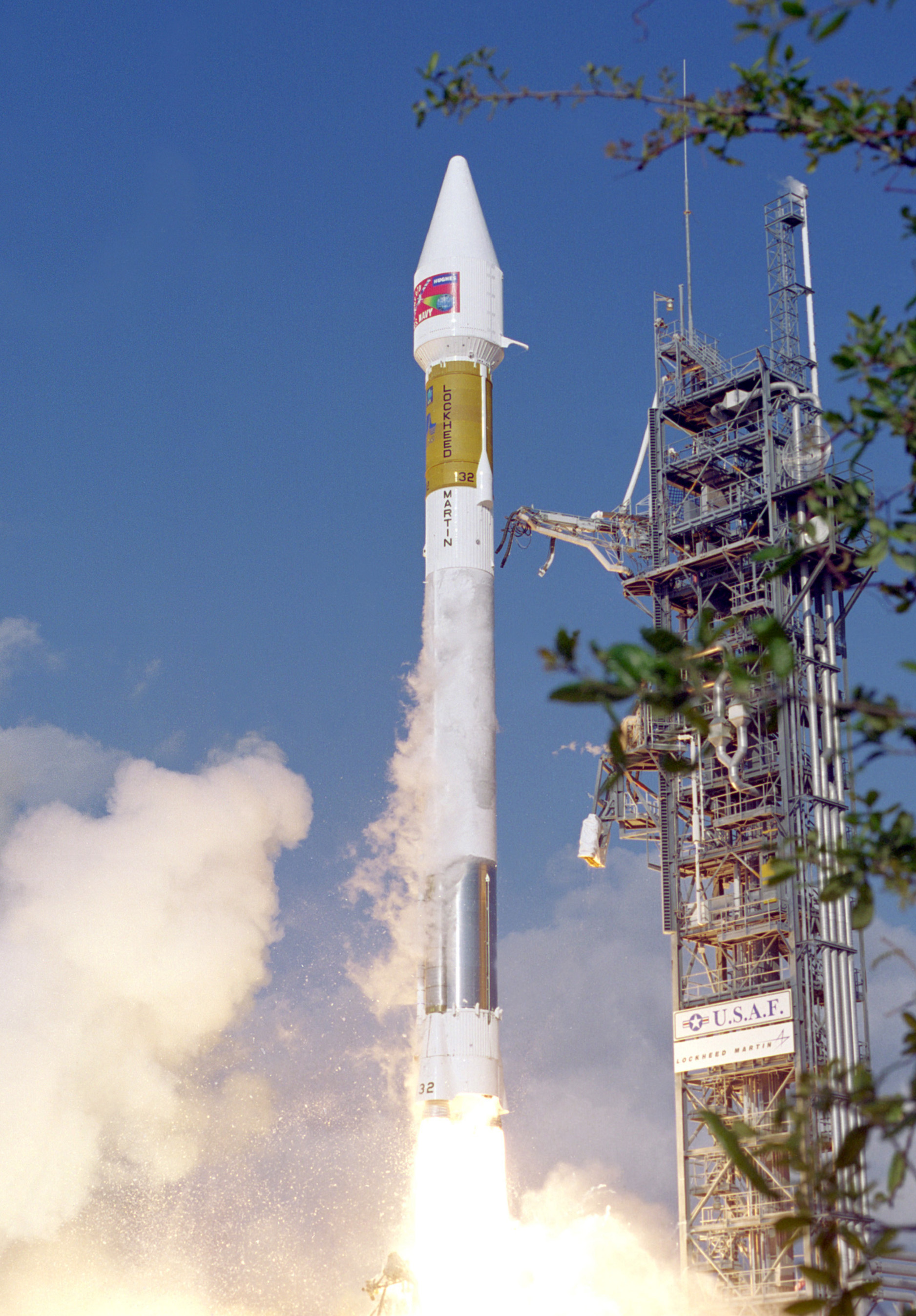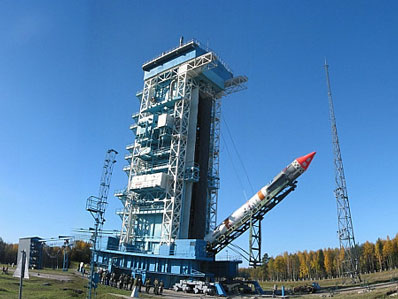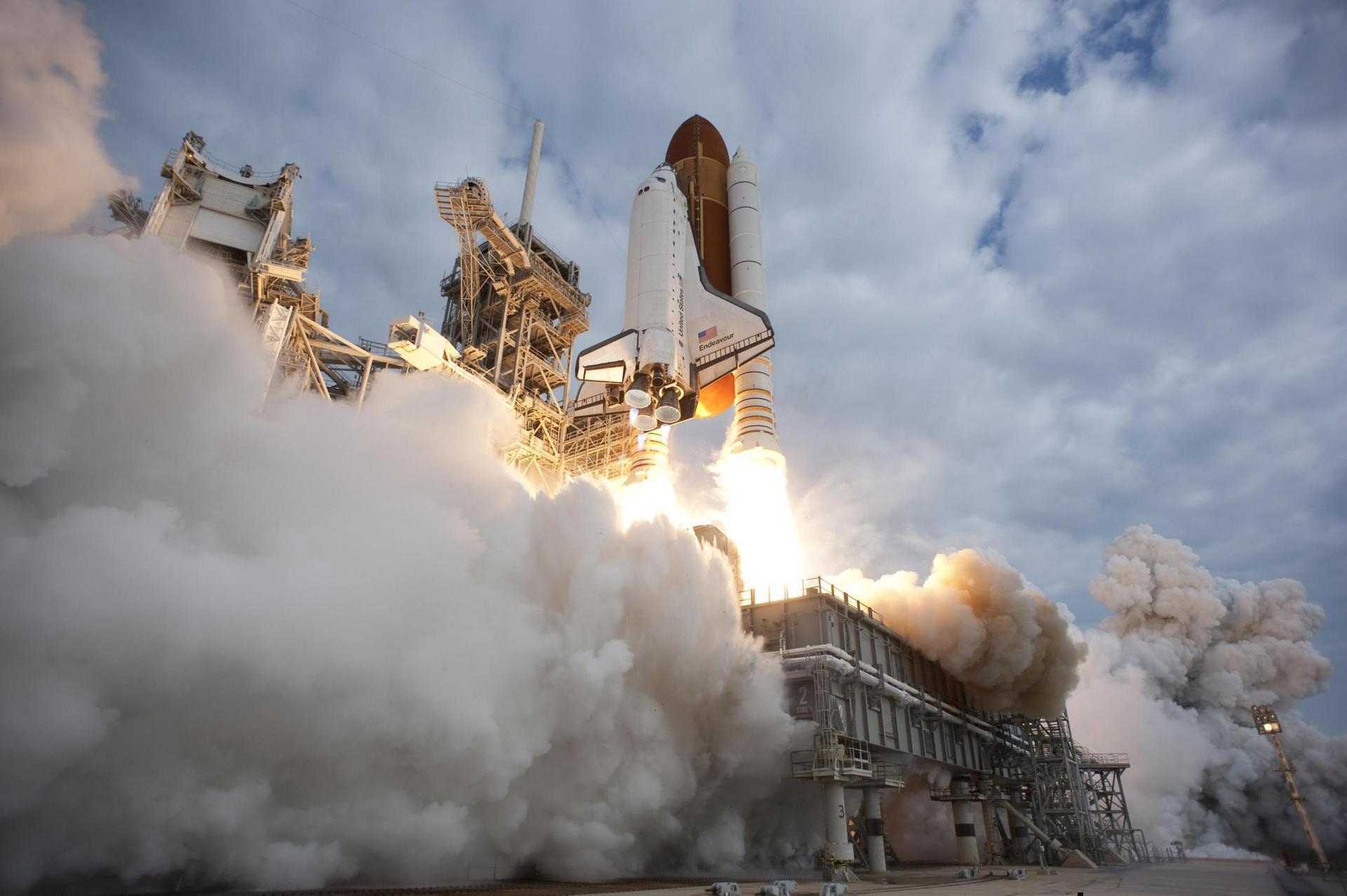Previous Spaceflight Launches
Filter by Agency, Locations or Vehicles
Show All LaunchesProton-K/DM-2M | Uragan 80 to 82
Khrunichev State Research and Production Space Center | RussiaBaikonur Cosmodrome, Republic of Kazakhstan
Dec. 25, 2002, 7:37 a.m.
Molniya-M | US-K 82
Russian Space Forces | RussiaPlesetsk Cosmodrome, Russian Federation
Dec. 24, 2002, 12:20 p.m.
Dnepr | AATiS-OSCAR-49
ISC Kosmotras | RussiaBaikonur Cosmodrome, Republic of Kazakhstan
Dec. 20, 2002, 5 p.m.
Ariane 44L | NSS 6
Aérospatiale | FranceGuiana Space Centre, French Guiana
Dec. 17, 2002, 11:04 p.m.
H-IIA 202 | Midori-2
Mitsubishi Heavy Industries | JapanTanegashima Space Center, Japan
Dec. 14, 2002, 1:31 a.m.
Ariane 5 ECA | Hot Bird 7 & Stentor
ArianeGroup | FranceGuiana Space Centre, French Guiana
Dec. 11, 2002, 10:21 p.m.
Status: Launch Failure
Mission:
Hot Bird 7 was a French communications satellite for direct to home broadcasting services from geostationary orbit at a longitude of 13 degrees East. Stentor is an experimental programme to validate technologies to be integrated into the next generation of telecommunications spacecraft.
Geostationary Transfer OrbitAtlas IIA | TDRS 10
Lockheed Martin | United States of AmericaCape Canaveral SFS, FL, USA
Dec. 5, 2002, 2:42 a.m.
Kosmos-3M | AlSat-1
Russian Space Forces | RussiaPlesetsk Cosmodrome, Russian Federation
Nov. 28, 2002, 6:07 a.m.
Proton-K/DM-2M | Astra 1K
Khrunichev State Research and Production Space Center | RussiaBaikonur Cosmodrome, Republic of Kazakhstan
Nov. 25, 2002, 11:04 p.m.
Space Shuttle Endeavour / OV-105 | STS-113
National Aeronautics and Space Administration | United States of AmericaKennedy Space Center, FL, USA
Nov. 24, 2002, 12:49 a.m.
Status: Launch Successful
Mission:
STS-113 was a Space Shuttle mission to the International Space Station (ISS) flown by Space Shuttle Endeavour. During the 14-day mission in late 2002, Endeavour and its crew extended the ISS backbone with the P1 truss and exchanged the Expedition 5 and Expedition 6 crews aboard the station. With Commander Jim Wetherbee and Pilot Paul Lockhart at the controls, Endeavour docked with the station on 25 November 2002 to begin seven days of station assembly, spacewalks and crew and equipment transfers. This was Endeavour’s last flight before entering its Orbiter Major Modification period until 2007, and also the last shuttle mission before the Columbia disaster.
Low Earth Orbit